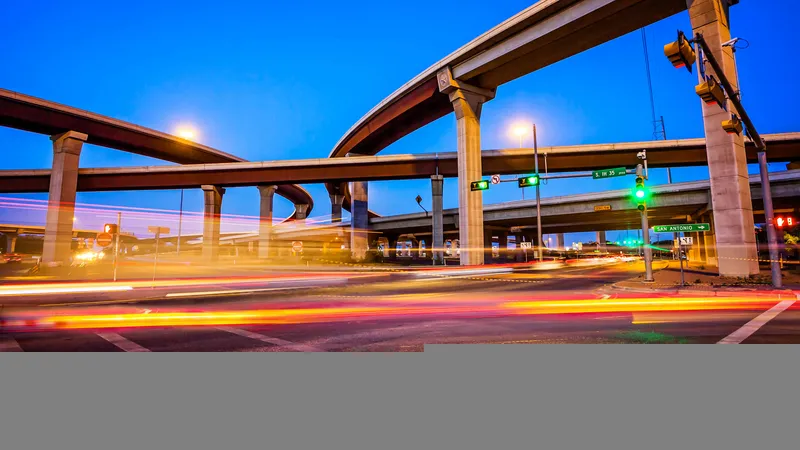
NoTraffic reports that the Texas Department of Transportation (TxDoT) in the US has approved the company’s radar vehicle detection system.
The company said that approval of its radar solution marks the second approval NoTraffic has received from TxDoT. It follows the department’s initial approval for NoTraffic’s vision system, which integrates video and radar into a single sensor and which is already operational throughout the state.
Texas is facing growing traffic problems, with the number of registered vehicles having risen by 172% in the past four decades. However, there has already been a 200% increase this year in intersections equipped with the NoTraffic platform compared to the previous year. NoTraffic’s technology provides the state with traffic management solution that leverages AI technology, edge computing and Vehicle to Everything (V2X) communication.
As a result of its strategic partnership with Texas Highway Products, a supplier of traffic control and safety equipment, NoTraffic said Texas cities such as Arlington, Sugar Land, Richardson, Garland, Galveston, San Antonio and McKinney have NoTraffic's AI Mobility Platform.
“This approval not only validates the real-world readiness of our technology but also highlights the advantages of software-defined infrastructure and our capability to make real-time traffic management decisions that are transforming urban mobility,” said Tal Kreisler, chief executive and co-founder of NoTraffic.
Giovanni de Vivo, president of Texas Highway Products, said there has been an overwhelmingly positive response” from its customers using NoTraffic’s platform.










